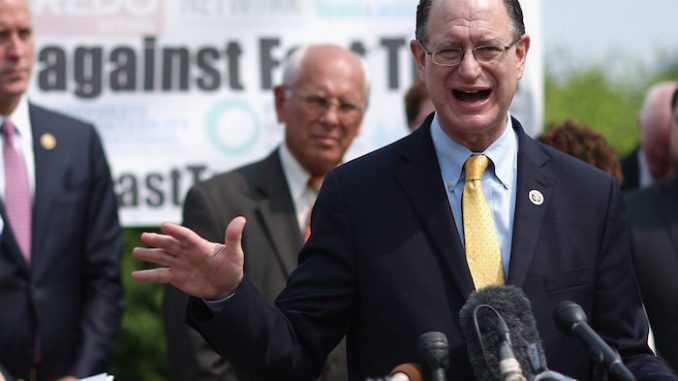
Various government officials have come forward recently and admitted that economic false flag events have been orchestrated by the elite in order to justify economic reforms.
Recently, two officials from the International Monetary Fund said they needed the “threat of an imminent financial catastrophe” in order to force Greece into accepting severe austerity.

BYPASS THE CENSORS
Sign up to get unfiltered news delivered straight to your inbox.
You can unsubscribe any time. By subscribing you agree to our Terms of Use
Latest Video
Washingtonsblog.com reports:
For example, Japanese Prime Minister Junichiro Koizumi and Japanese central bank officials admitted that they kept Japan’s economy in a deflationary crisis to promote “structural reform” which would allow the Japanese economy to be looted by foreign interests. Japanese central bank officials admitted the same thing.
Something similar happened in Thailand and the EU.
Indeed, the former head of the Bank of England said last month that the depression in the EU was more or less a “deliberate” policy choice.
And an economist at insurance giant AIG – and former head of the European Commission’s unit responsible for the European Monetary System and monetary policies – said in 2008 that what European leaders wanted was to create a crisis to force introduction of “European economic government.”
And The Tarp bank bailouts in the U.S. were passed using apocalyptic – and false – threats. And they were not used for the stated purpose.
The New York Times wrote last year:
In retrospect, Congress felt bullied by Mr. Paulson last year. Many of them fervently believed they should not prop up the banks that had led us to this crisis — yet they were pushed by Mr. Paulson and Mr. Bernanke into passing the $700 billion TARP, which was then used to bail out those very banks.
Indeed, Congressmen Brad Sherman and Paul Kanjorski and Senator James Inhofe all say that the government warned of martial law if Tarp wasn’t passed:
That is especially interesting given that the financial crisis had actually been going on for a long time, but – instead of dealing with it – Paulson and the rest of the crew tried to cover it up and pretend it was “contained”, and that it was obvious to world leadersmonths earlier that it was not a liquidity crisis, but a solvency crisis.
Bait And Switch
The Tarp Inspector General has said that Paulson misrepresented the big banks’ health in the run-up to passage of TARP. This is no small matter, as the American public would have not been very excited about giving money to insolvent institutions.
And Paulson himself has said:
During the two weeks that Congress considered the [Tarp] legislation, market conditions worsened considerably. It was clear to me by the time the bill was signed on October 3rd that we needed to act quickly and forcefully, and that purchasing troubled assets—our initial focus—would take time to implement and would not be sufficient given the severity of the problem. In consultation with the Federal Reserve, I determined that the most timely, effective step to improve credit market conditions was to strengthen bank balance sheets quickly through direct purchases of equity in banks.
So Paulson knew “by the time the bill was signed” that it wouldn’t be used for its advertised purpose – disposing of toxic assets – and would instead be used to give money directly to the big banks?
Senator McCain also says that Paulson pulled a bait-and-switch:
Sen. John McCain of Arizona … says he was misled by then-Treasury Secretary Henry Paulson and Federal Reserve Chairman Ben Bernanke. McCain said the pair assured him that the $700 billion Troubled Asset Relief Program would focus on what was seen as the cause of the financial crisis, the housing meltdown.
“Obviously, that didn’t happen,” McCain said in a meeting Thursday withThe Republic‘s Editorial Board, recounting his decision-making during the critical initial days of the fiscal crisis. “They decided to stabilize the Wall Street institutions, bail out (insurance giant) AIG, bail out Chrysler, bail out General Motors. . . . What they figured was that if they stabilized Wall Street – I guess it was trickle-down economics – that therefore Main Street would be fine.”
Even the New York Times called Paulson a liar in 2008:
“First [Paulson’s Department of Treasury] says it has to have $700 billion to buy back toxic mortgage-backed securities. Then, as Mr. Paulson divulged to The Times this week, it turns out that even before the bill passed the House, he told his staff to start drawing up a plan for capital injections. Fearing Congress’s reaction, he didn’t tell the Hill about his change of heart.Now, he’s shifted gears again, and is directing Treasury to use the money to force bank acquisitions. Sneaking in the tax break isn’t exactly confidence-inspiring, either.”
What tax breaks is the Times talking about? The article explains:
A new tax break [pushed by Treasury], worth billions to the banking industry, that has only one purpose: to encourage bank mergers. As a tax expert, Robert Willens, put it: “It couldn’t be clearer if they had taken out an ad.”


